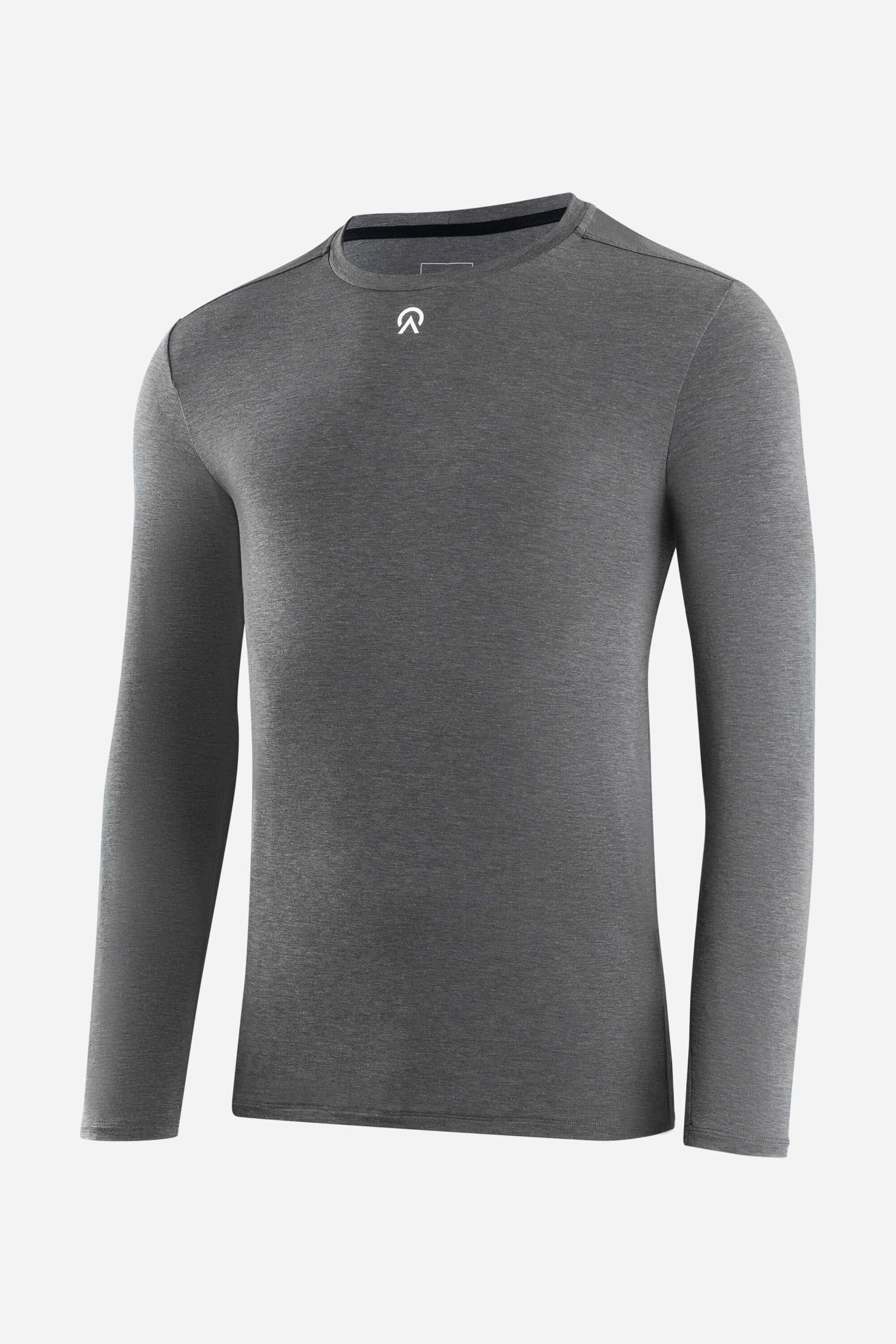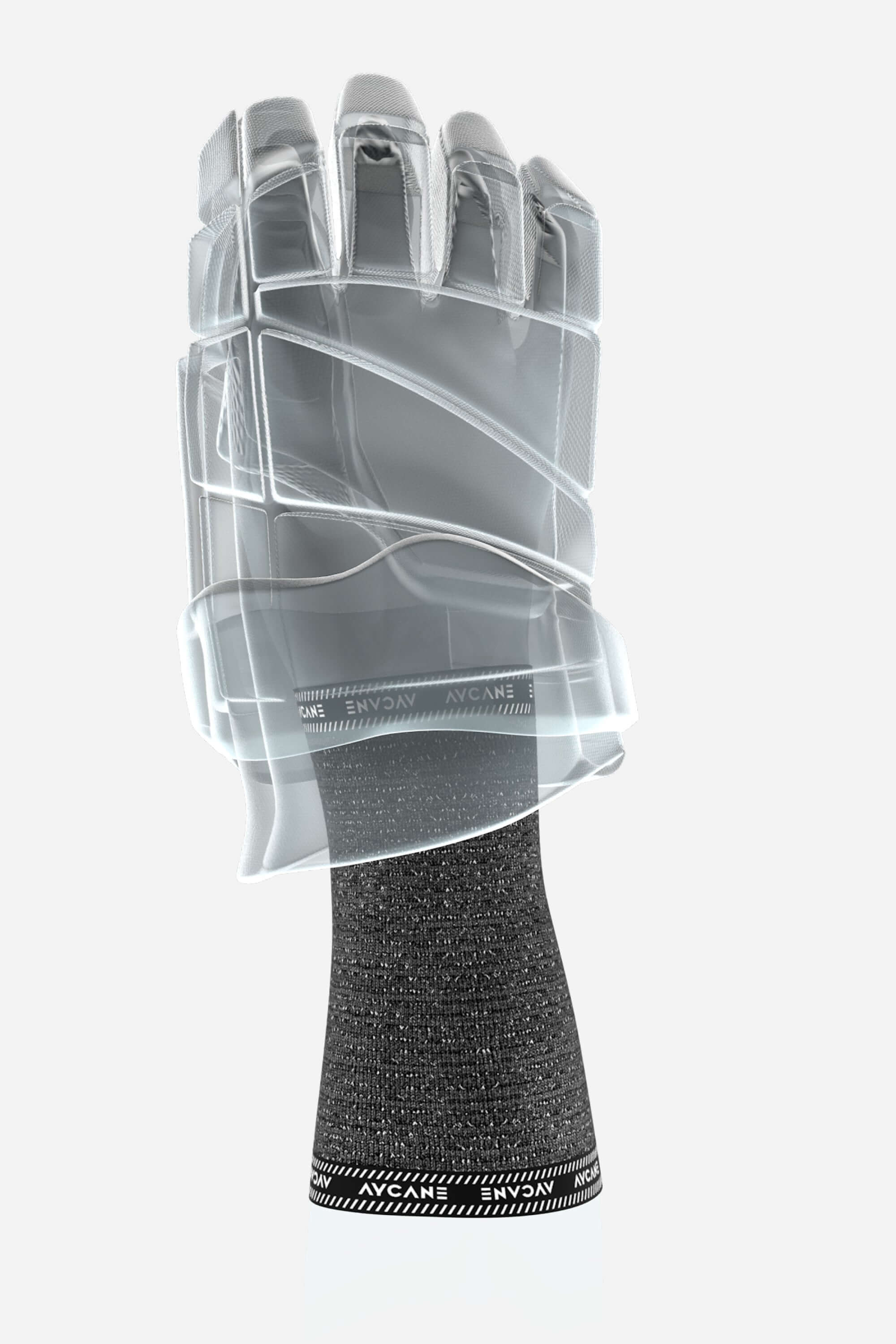The Science Behind Ice Hockey: Physics on the Ice
Ice hockey is a thrilling and fast-paced sport that combines skill, strategy, and athleticism. But beneath the surface of the game's action and excitement lies a fascinating world of physics. The ice rink is a laboratory where the laws of physics are on full display, influencing every aspect of the game.

In this blog post, we'll explore the science behind ice hockey and the physics that govern the movements of the players, the puck, and the plays on the ice.
Friction and Skating
One of the fundamental principles of physics at play in ice hockey is friction. Players need to overcome the low friction coefficient of the ice surface to move effectively.
This is why ice skates are designed with sharp edges to dig into the ice, allowing for better traction and control. Players also use techniques like "power strides" to push off the ice with maximum force and minimal energy loss. The ability to minimize friction and maximize speed is a crucial aspect of successful skating in ice hockey.
Newton's Laws in Action
Newton's laws of motion are fundamental in understanding ice hockey. The first law (inertia) explains why objects stay at rest unless acted upon by an external force. In hockey, this is seen when the puck remains stationary until a player applies force to it. The second law (F = ma) relates the force applied to an object to its acceleration. When a player takes a shot or delivers a body check, this law is in play.
The third law (action and reaction) is evident when players collide or make contact. For every action, there is an equal and opposite reaction, which is why body checks can send players flying.
Angle of Deflection
The angle at which a puck hits the boards or the goalposts can greatly affect its trajectory. When a puck strikes a surface at an acute angle, it will bounce off at a sharp angle, potentially leading to a scoring opportunity. Understanding the angles at which pucks can be deflected or rebounded is crucial for both offensive and defensive players.
Momentum Conservation
Momentum conservation is another key principle of physics in ice hockey. In a closed system, like a hockey game, the total momentum remains constant unless external forces act upon it.
This means that when a player passes the puck to a teammate, the combined momentum of the player and the puck must remain the same. Understanding momentum is essential for making precise passes and for goaltenders in anticipating the speed and direction of shots.
Circular Motion and Spin
When a player takes a slapshot or a wrist shot, they often put a spin on the puck. This spin creates what is known as the Magnus effect, which affects the puck's trajectory.
Depending on the direction and speed of the spin, a puck can curve, dip, or rise as it travels through the air, making it more challenging for goaltenders to predict and stop.
Conclusion
Ice hockey is a sport where the laws of physics are on full display. From the friction that affects skating to the principles of motion and conservation of momentum, understanding the science behind the game can give players, coaches, and fans a deeper appreciation for the skill and precision required in this thrilling sport. The next time you watch an ice hockey game, pay attention to the physics at play on the ice, and you'll gain a new perspective on this fast and dynamic sport.
























